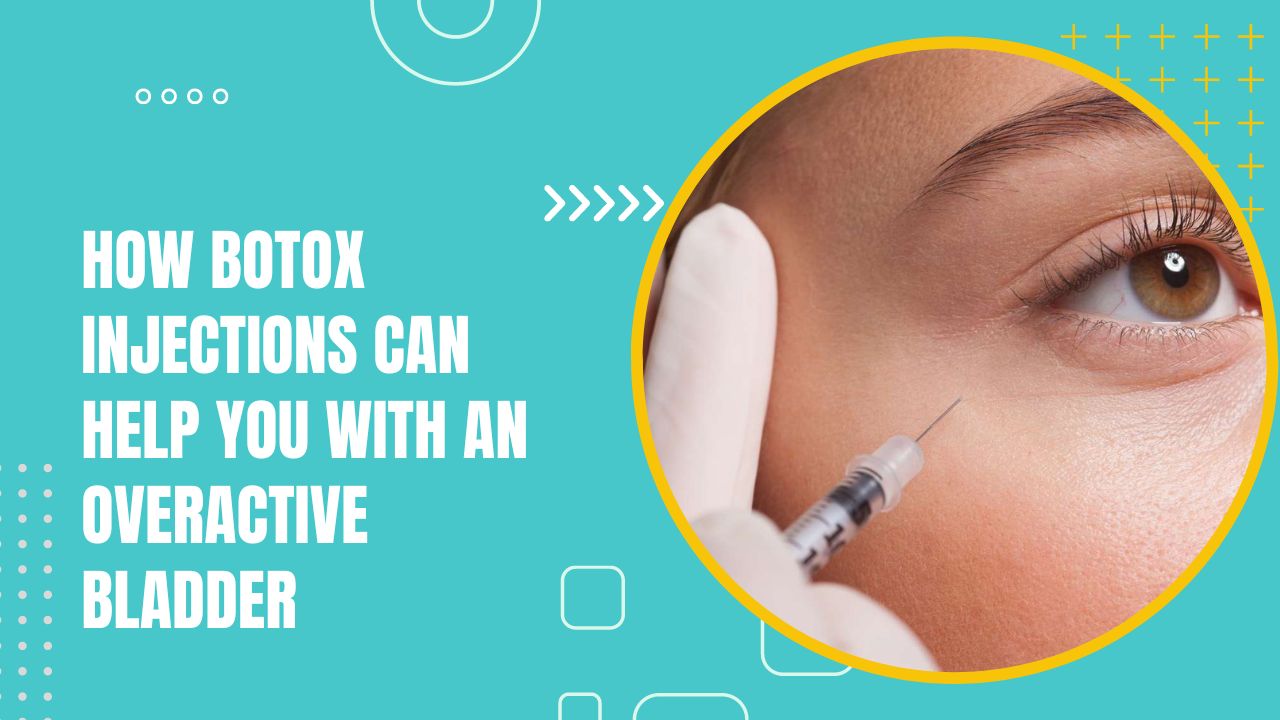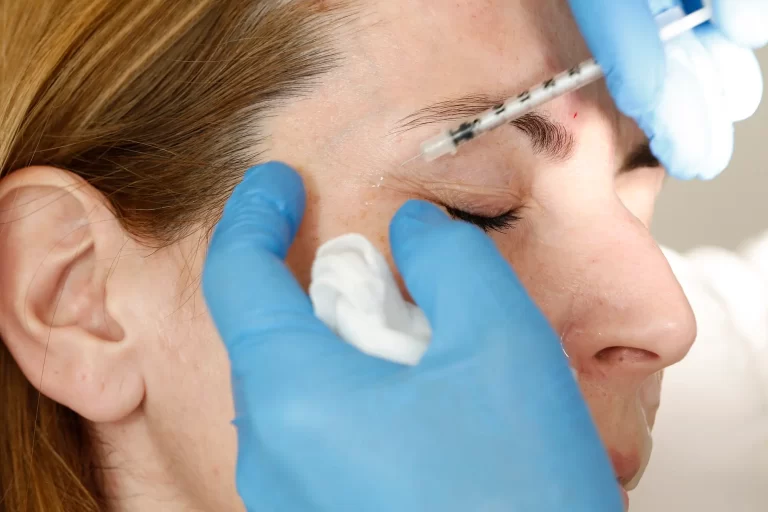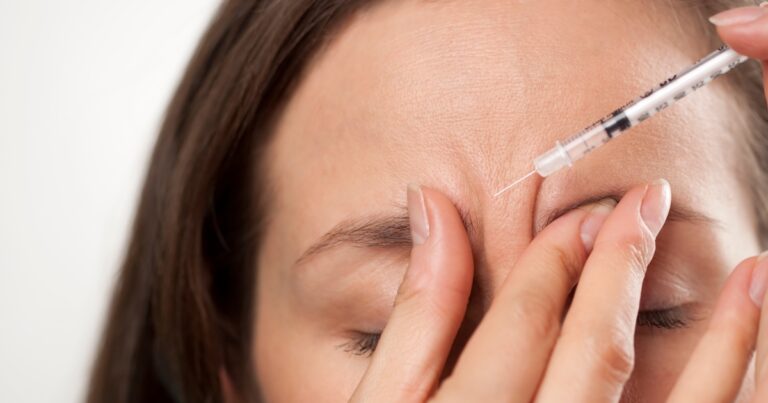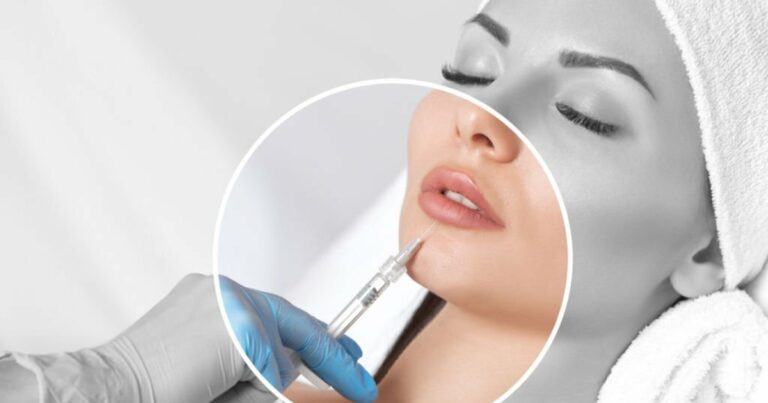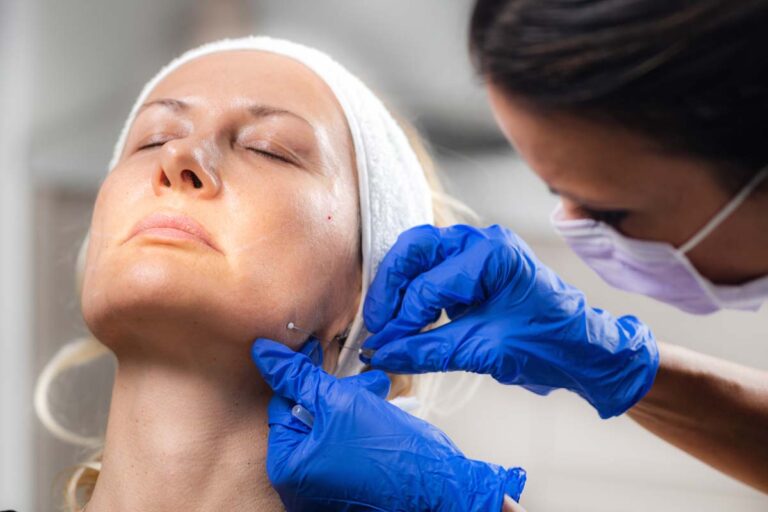An overactive bladder can be a frustrating and uncomfortable condition that affects many people. Fortunately, Botox injections can provide an effective solution for those looking to manage their symptoms.
This guide will delve into the science behind Botox injections and how they can help you overcome an overactive bladder. We will also cover the procedure and what you can expect regarding results and potential side effects.
So, if you’re struggling with an overactive bladder, read on to learn more about how Botox injections can help you.
1. Understanding Overactive Bladder
An overactive bladder, or OAB, is a condition that causes a sudden, uncontrollable urge to urinate, even when the bladder isn’t full. It can result in frequent trips to the bathroom and, in some cases, urinary incontinence. OAB affects millions of people worldwide and can significantly impact a person’s quality of life.
Book A Consultation With Dr Tarek Bayazid
Top-rated Plastic Surgeon For Botox in Dubai
Installment Plan Available
2. Causes of Overactive Bladder
The primary cause of OAB is the dysfunction of the detrusor muscle, which contracts involuntarily, causing an urgent need to urinate. Several factors can contribute to OAB, including:
- Ageing
- Neurological disorders
- Bladder abnormalities
- Certain medications
- Hormonal imbalances

3. Traditional Treatments for Overactive Bladder
Before considering Botox injections for OAB, it’s essential to explore traditional treatment options, such as:
- Bladder training
- Pelvic floor muscle exercises
- Medications
- Electrical stimulation
4. Botox: Beyond Cosmetic Applications
Botox, or botulinum toxin type A, is a purified protein derived from the bacterium Clostridium botulinum. Although primarily known for its cosmetic applications, Botox has also been approved for treating various medical conditions, including migraines, excessive sweating, and muscle stiffness.
5. How Botox Injections Work for Overactive Bladder
Botox injections work by blocking nerve signals that trigger detrusor muscle contractions. It reduces the frequency and intensity of bladder contractions, alleviating the symptoms of OAB.
6. The Botox Injection Procedure for Overactive Bladder
The procedure for Botox injections to treat OAB is relatively simple and can be performed in an outpatient setting. The steps include:
- A local anaesthetic is applied to numb the area.
- A cystoscope, a thin tube with a camera, is inserted into the urethra to guide the injections.
- Botox is injected into multiple points in the bladder wall.
- The cystoscope is removed, and the patient can return home.
7. Results and Effectiveness
Most patients experience a significant reduction in OAB symptoms within two weeks of the Botox injections. The effects typically last for six to nine months, after which the treatment can be repeated if necessary.
8. Potential Side Effects
As with any medical procedure, there are potential side effects associated with Botox injections for OAB. These may include:
- Temporary urinary retention
- Urinary tract infections
- Blood in the urine
- Pain at the injection site
9. Who is a Candidate for Botox Injections for Overactive Bladder?
Botox injections may be suitable for individuals who:
- Have not responded to traditional treatments for OAB
- Are not candidates for surgery
- Seek a minimally invasive treatment option
10. Costs and Insurance Coverage
The cost of Botox injections for OAB varies depending on location and the extent of treatment. It’s essential to consult with your healthcare provider and insurance company to determine if the procedure is covered under your plan. Insurance providers often cover Botox injections for overactive bladder if other treatments have proven ineffective.
See related: How botox injection changes your body.
Conclusion
In conclusion, Botox injections offer a promising treatment option for individuals with overactive bladder. With its proven effectiveness in reducing symptoms and improving quality of life, it is a viable alternative for those who have not found relief through traditional methods.
It’s essential to consult with your healthcare provider to determine if Botox injections suit your specific situation and to discuss potential side effects and costs. By exploring this innovative treatment, you may find the relief to regain control over your bladder and enjoy a more comfortable, worry-free life.
Are you ready to explore Botox injections as a solution for your overactive bladder? Dr Tarek Bayazid is here to help. Our experienced team is dedicated to providing the highest quality care and personalised treatment options to suit your needs. To learn more and request a quote, visit Dr Tarek Bayazid and take the first step towards a life free from the constraints of an overactive bladder.
